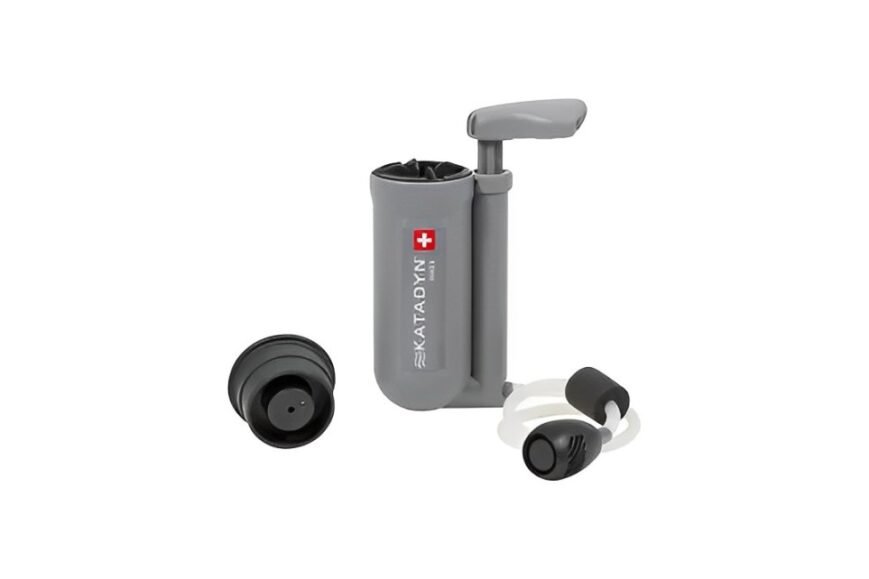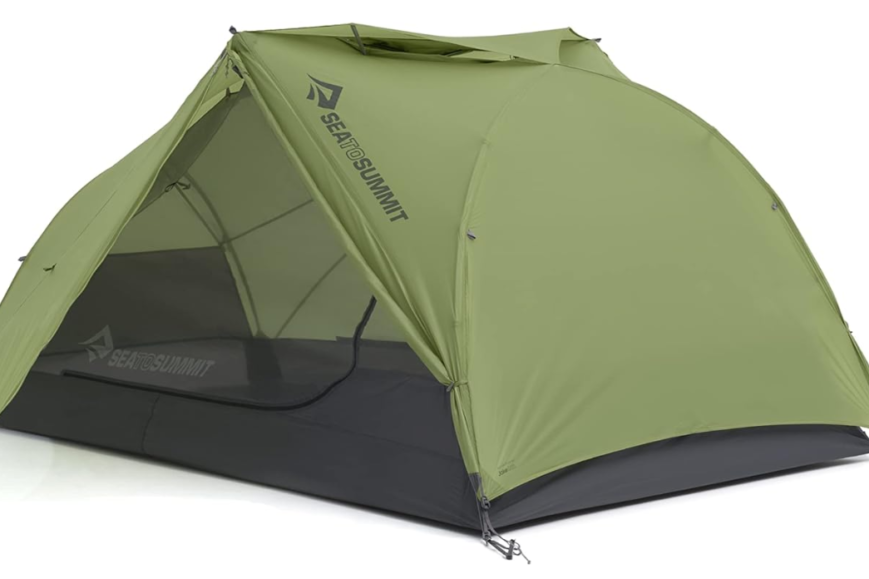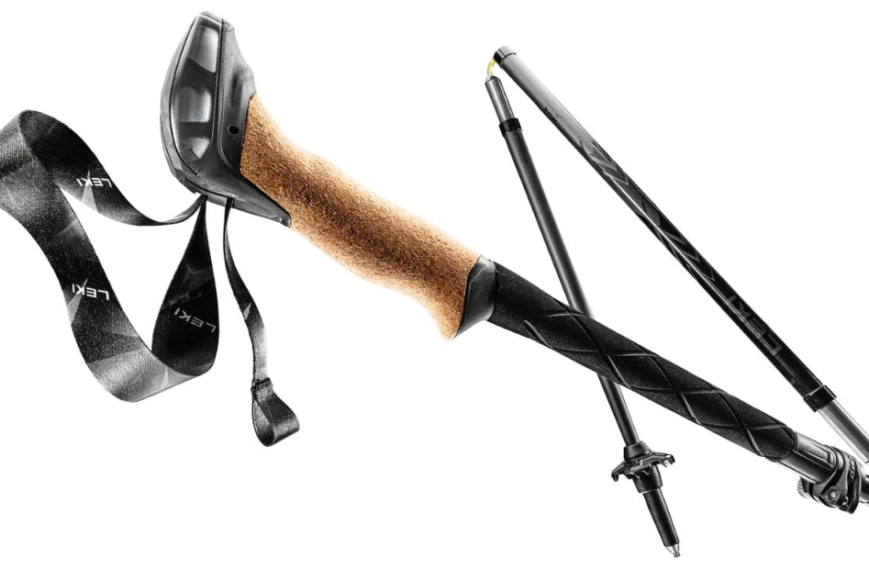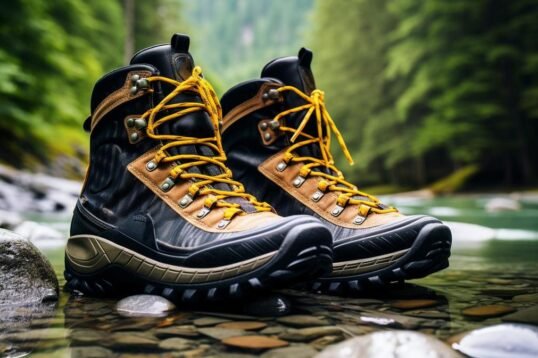- Stay on marked paths, respect signs/rules, and practice ‘Leave No Trace’ to protect the environment.
- Uphill hikers have the right of way; to step aside on stable ground, communicate when passing, and use caution around bikers and equestrians.
- Wear appropriate gear, know navigation and first aid, and follow the Leave No Trace principles.
- Pack out trash, avoid trail erosion by staying on the path, and do not disturb wildlife or plants.
- Camp responsibly, manage fire properly, respect private land, and observe wildlife from a distance.
- Share multi-use trails by staying on your side, passing on the left, and communicating with others.
- When hiking with pets, keep them leashed, plan ahead, and be considerate of other hikers and wildlife.
- Foster inclusivity on trails by inviting diverse groups, respecting indigenous lands, and being supportive of all hikers.
Hey, fellow hikers at RuggedRoll.com! Are you stepping onto the trail with the right foot? Whether you’re a newbie or a seasoned walker, knowing the dos and don’ts of hiking etiquette is a must for any outdoor adventure. Let’s dive into the basics of proper trail behavior, share tips on keeping our beautiful environment clean, and learn to show respect to fellow nature lovers. Stick with me and let’s ensure our treks are safe, enjoyable, and eco-friendly for everyone!
What Is Proper Trail Behavior?
Understanding and practicing the basics of trail behavior
Hiking with care starts with knowing the basics. Pay attention to signs. Stay on marked paths. Take breaks off the main trail. Respect trail signs, rules, and closures.
Prioritizing environmental stewardship on hikes
Hikers should leave no trace. That means packing out your trash and keeping nature clean. Care for plants and animals by not feeding or disturbing them.
Recognizing the most important rule of hiking etiquette
Stay right, pass left. This is key for a smooth trail experience for everyone.
Learning the fundamental dos and don’ts on the trail
Do greet fellow hikers. Don’t play loud music. Do control your pet. Don’t damage live trees or plants. Respectful hiking habits make the trails better for us all.
How Do You Stay Safe While Yielding on Hiking Paths?
Who should step aside when meeting others on the trail? Uphill hikers have the right of way. This means if you’re going downhill, you should step aside. They’re working hard to climb and need to keep their rhythm. But there are more details to safe yielding.
The right way to yield is not just about stepping aside. Make sure to find a stable spot to stand. This way, you’re safe and the path is clear. Sometimes you’ll see bikers or folks on horseback. They can find it hard to stop, so it’s on you to move to the side.
Why give uphill hikers the right of way? It’s about effort and safety. Climbing up a steep path can be tough. If uphill hikers stop, restarting can be a big challenge. The person coming down has it easier. They can stop and go with less fuss.
How do you pass hikers without putting anyone at risk? First, call out or ring a bell if you have one, so they know you’re there. Then you wait for a safe spot and let them know which side you’ll pass on. Always pass on the left if you can. It keeps things simple for everyone. Remember, a smile and a kind word can make the trail better for us all.
What Are Essential Outdoor Ethics for Hikers?
The dress code for hiking should keep you safe and comfy. Core skills help you respect nature. Always think about Leave No Trace and how to care for the wild.
Outdoor ethics matter a lot. They keep our trails and nature nice for everyone. We must know what to do and what not to do. Leave No Trace has seven rules. They help us take care of the wild.
Wear the right gear when you hike. Make sure your shoes have good traction. Dress for the weather, and always bring a hat and sunglasses. Clothes should let you move and keep you warm or cool.
Know the three big skills in hiking. Navigation, first aid, and Leave No Trace are key. They keep you safe and help you take care of the land. Good hikers plan their trip and pack right.
We need to care for our trails and leave them clean. Being kind to others on the trail is just as important. Think about the wildlife and plants. Love the outdoors? Show it by how you act out there.
Keeping nature nice is up to us. So hike with care and help others do the same. It’s in our hands to set a good tone for all outdoor fans.
How Should You Manage Waste and Preserve the Environment While Hiking?
Why is it important to handle waste properly on hikes? It keeps nature clean and safe. Not managing waste can harm wildlife and spoil the outdoors for others. It also can taint water sources that animals and humans need.
Principles of ‘Pack It In, Pack It Out’ for waste management on trails
Carry all your trash out of the forest when you hike. That means wrappers, food, and any other garbage. Don’t leave it behind. Even if it seems small, it adds up when every hiker does it. Nature can’t handle this stuff like we can.
Techniques to prevent trail erosion and protect the hiking paths
How can hikers avoid contributing to trail erosion? Stay on the path. When you walk on the edge or make new paths, it can break down the soil. Soil holds the trail together. Without it, trails wash away and hurt the habitat around them.
Efforts to preserve natural habitats and species while outdoors
To keep animals and plants safe, stick to the trails. Also, look but don’t touch. Even small changes can upset nature’s balance. This means the home for critters and green stuff stays as it should.
Best practices for minimizing a hiker’s environmental footprint
Use gear that lasts. Avoid bringing more than you need. Buy from brands that care about the planet. Every small choice you make adds up to a big difference in keeping nature wild and free.
What Etiquette Should Be Considered When Camping or Encountering Wildlife?
When out in the wild, stay kind and safe. Here’s how.
In a group, stick together and keep the noise down. Respect the wild. Keep camps tidy and quiet. Do not enter private areas.
See wild animals? Stay calm and back off. Watch from a distance. Do not feed animals. It keeps them and you safe. It also helps them stay wild.
Camping close to trails? Choose spots without much impact. Leave places as you found them or better. Keep away from private land.
Making a fire? Only do it where it’s okay. Keep fires managed and small. Put them out cold to the touch. This keeps the woods safe for all.
Every step counts. We can enjoy nature, and protect it too. Let’s camp and hike the right way, every time.
How Should You Navigate Shared Trails and Communicate with Other Trail Users?
What are multi-use path rules? Multi-use path rules are guidelines that ensure safety and respect among all trail users.
Trails are for everyone, and that means we need rules. Whether you walk, bike, or ride a horse, know how to share. Stay on your side, pass on the left, and give a clear “hello” when overtaking someone.
Now, how do you communicate intentions and presence to other trail users? Speak up or ring a bell when passing and make eye contact at crossings.
When you hike or bike, you share the path. It’s simple: yield to those going uphill and talk to folks you meet. Let others know when you pass, and keep control of your bike. Sharing trails with cyclists means staying alert. Be ready to move over, and don’t block the path.
Communication with other hikers isn’t just polite; it’s smart. Say a friendly hi to let them know you’re near. If you’re lost or need help, other trail users can be your best resource. Keep your ears open for others, and never wear both earbuds.
Safety comes first for everyone on the trail. Be clear about where you’re going, and watch for signs. Remember, a smile or nod can go a long way on a hike. It’s not just about enjoying nature, but also enjoying each other’s company safely.
What Are Considerations for Trail Safety and Courtesy With Regards to Hiking With Pets?
How should you hike with pets responsibly? Keep them on a leash. When hiking with pets, controlling them is key. This ensures their safety and respect for other hikers on the trail.
Guidelines for hiking state that pets should be on leashes. Not all hikers or pets are comfortable with each other. A leash helps prevent run-ins with wildlife or other hikers. It’s a simple, yet powerful way to hike without worry.
What preparations are necessary for trail safety? Always plan ahead. Prepare for the unexpected. Carry water, food, and a first-aid kit for both you and your pet.
Before you head out, check if pets are allowed on the trail. Some trails have strict rules against pets. If pets are allowed, keep them close. Bring bags for waste and pack it out. Consider boots for their paws if the trail is rough.
How do we balance pets with consideration for others? Be mindful. Pets can be unpredictable. Their barks or movements may startle other trail users. Take a moment to step aside and let others pass in peace.
When on the trail, not everyone will love your furry friend. Some people are scared of animals. Others might have allergies. Give fellow hikers space. Ensure your pet’s actions don’t ruin someone else’s trail time.
What about group hiking with pets? Good manners matter. One person should handle pet-related tasks. This person keeps the pet on a leash, cleans up after it, and ensures it stays quiet.
Hiking with a pet creates joy and brings challenges. Knowing the dos and don’ts of hiking with animals makes for a great day out. Keep your pet under control. This makes the hike safe for everyone – both two and four-legged!
How Do You Foster Respect and Inclusivity on Trails?
To make hiking more inclusive, invite people of all backgrounds. Respect is key when hiking on indigenous land; always get permission and follow guidelines. Team spirit helps make the trail culture supportive for everyone. When hiking in groups, make sure to include everyone and share the trail kindly.
The hiking world is great when we make room for everyone. We show we care by asking others to join our outdoor fun. We learn about different cultures and share trails in peace. Hiking together with respect, no matter who we are, makes every trip better.
Conclusion
We covered a lot in this post. Right from trail basics to safety with pets, we hit every hiking rule. Remember, it’s all about respect— for nature, others, and rules. Keep trails clean, safe, and fun. Hike smart and take care of the outdoors. That way, we all win. Happy trails!
![]()







